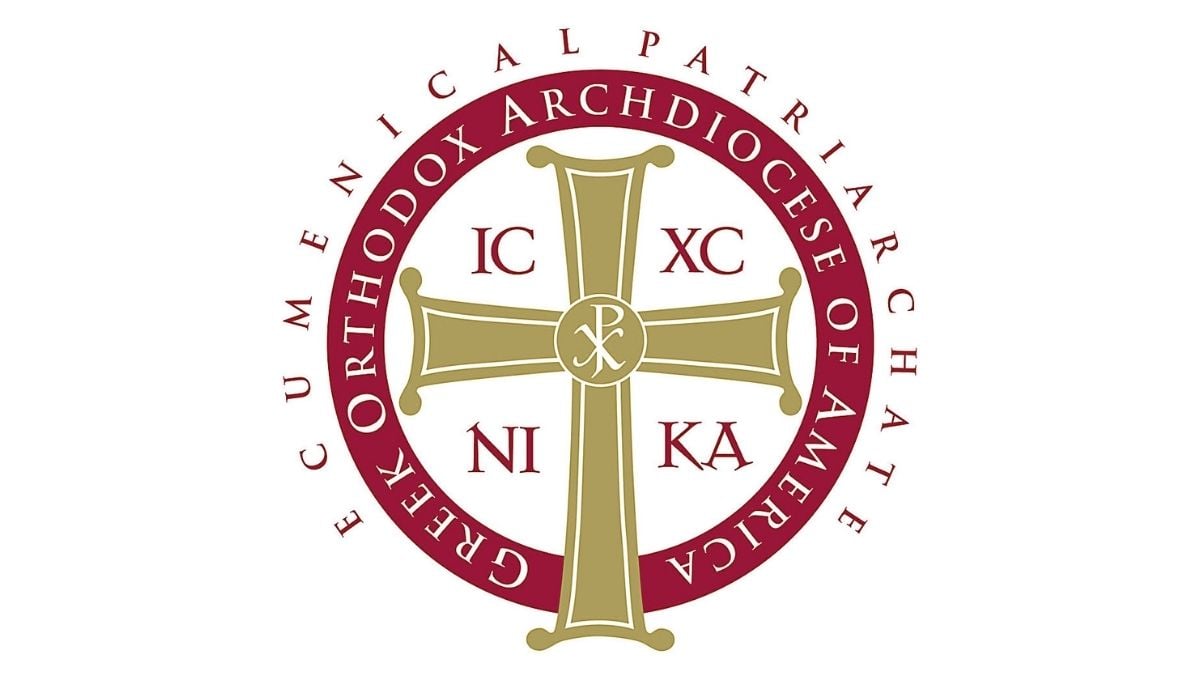His Eminence Archbishop Elpidophoros
Homily for the Sunday of Orthodoxy
March 24, 2024
Holy Trinity Archdiocesan Cathedral
New York, New York
Your Graces and Reverend Fathers,
Beloved Sisters and Brothers in Christ,
Today is truly a wondrous confluence of times and seasons. Here we are, having completed the First Week of the Holy Fast of Great Lent, and we are on the very brink of the Feast of the Annunciation. We are celebrating the triumph of Orthodoxy with many brethren, to highlight the restoration, the Ἀναστήλωσις of the Holy Icons, in their rightful, and indeed necessary place in the Church of God.
The first time the Church observed this was March 11th, in the year of our Lord, 843. It was at this time that the decrees of the Seventh Ecumenical Council were fully enforced throughout the Empire, and the Church overcame the final last gasps of Iconoclasm, the secular movement that sought to strip images from our Temples. But there was something more harmful in the iconoclastic agenda than the erasure of our tradition of liturgical beauty. There was a denial of the fundamental truth of our Faith, the truth that is exemplified by the Feast of the Annunciation and expressed so perfectly by Saint Athanasios the Great:
For God became human, so that we might be made divine.
Αὐτὸς γὰρ ἐνηνθρώπισεν, ἵνα ἡμεῖς θεοποιηθῶμεν. *
It is perhaps the most concise and precise theological definition ever stated. And it is the fundamental truth behind everything we believe about the Holy Icons, which are all images of our Lord’s total and complete humanity, which He received freely from the Theotokos on the Sacred Day of her Annunciation.
You see, every icon reflects the truth of God’s Incarnation through its materiality. The deification of our human nature received from the Virgin (with whom we are consubstantial), is borne out by the fact that, if God truly was a human being, then He can be depicted. This is the essential truth of every icon, because the Virgin, the Angels, and the Saints are portrayed as well, inasmuch as they reflect the glory of the Son of God.
Those who wrongly use Old Testament passages – especially the ones that mention “graven images” – to disdain the holy icons are unaware of this vital connection. Was the Lord Jesus Christ a real human being? Of course! And indeed, so much more! If God, then, became a human being, it was with a purpose, and that purpose was our deification.
When we celebrate the Sunday of Orthodoxy, which is shared around the world by all the Local Autocephalous Churches, we celebrate the triumph of truth over falsehood, of knowledge over delusion, of faith over doubt.
The fact that we are doing so on the Eve of the Annunciation only magnifies its meaning. We join together both glorious occasions into a celebration of our redemption and salvation.
In the Annunciation, we behold the divine oeconomia of God – His plan for our salvation, which chose one individual, the Theotokos, to be the vehicle for His Advent as an individual into the created world.
In the Triumph of Orthodoxy, we behold the manifold manifestation of God’s saving providence for the world. Every Icon becomes a mirror of beauty, held up to reflect for us the transfiguration of the cosmos.
By her Annunciation, the Holy Virgin is God’s first visible human icon, replete with the glory of God, Whom she carried within here holy womb.
And the Sunday of Orthodoxy marks the happy day when the Faithful of the Church returned to their Temples the images that stand as the guarantors of our deification.
For icons participate in their subjects through Divine Energy and Grace, because our Lord Jesus Christ joined the human and the Divine, the mortal and the immortal, the celestial and the terrestrial; as the Definition of the Fourth Ecumenical Council of Chalcedon so elegantly states:
ἀσυγχύτως, ἀτρέπτως, ἀδιαρέτως, ἀχωρίστως,
“unconfusedly, unchangeably, indivisibly, inseparably.”
In like manner, each and every one of us is also joined to God, so that we do not lose our identity, but discover our true meaning and purpose.
Therefore, my beloved Christians, when we mount our procession, and bear the Icons around the Cathedral with all the pomp and circumstance that is their due, remember that those who carry the icons are as much “in the image and likeness of God,” as the precious icons they uphold. †
Whether clergy or lay, male or female, young or old – all of us are living Icons of the Lord of Glory. We are infused by Baptism with the Divine Light that can shine within the same way that mosaic and painted icons glow with light through their artful presentation.
The light of the icons is reflected by the precious substances of which they are composed.
And how is our light beheld? By the goodness, compassion, mercy, and love that we choose to share with our fellow icons, our fellow human beings. Think of how your loving-kindness shines back at you in the eyes of those you encounter, as in a mirror.
We are so very blessed to be gathered this day to proudly proclaim our Orthodox Faith, and on the very eve of the Annunciation.
May the blessings of both Feasts redound to our spiritual “progress in life, faith, and spiritual understanding,”‡ as we so often pray in the Holy Liturgy, and lead us through this Holy Season of Lent to the Glorious Resurrection of our Lord Jesus Christ.
So be it. Γένοιτο. Ἀμήν.
* De Incarnatione Verbi 54, J. P. Migne, Patrologia Graeca, Paris 1857-66, 25.192B.
† Genesis 1:26.
‡ Second Prayer of the Faithful; Divine Liturgy of Saint John Chrysostom.

